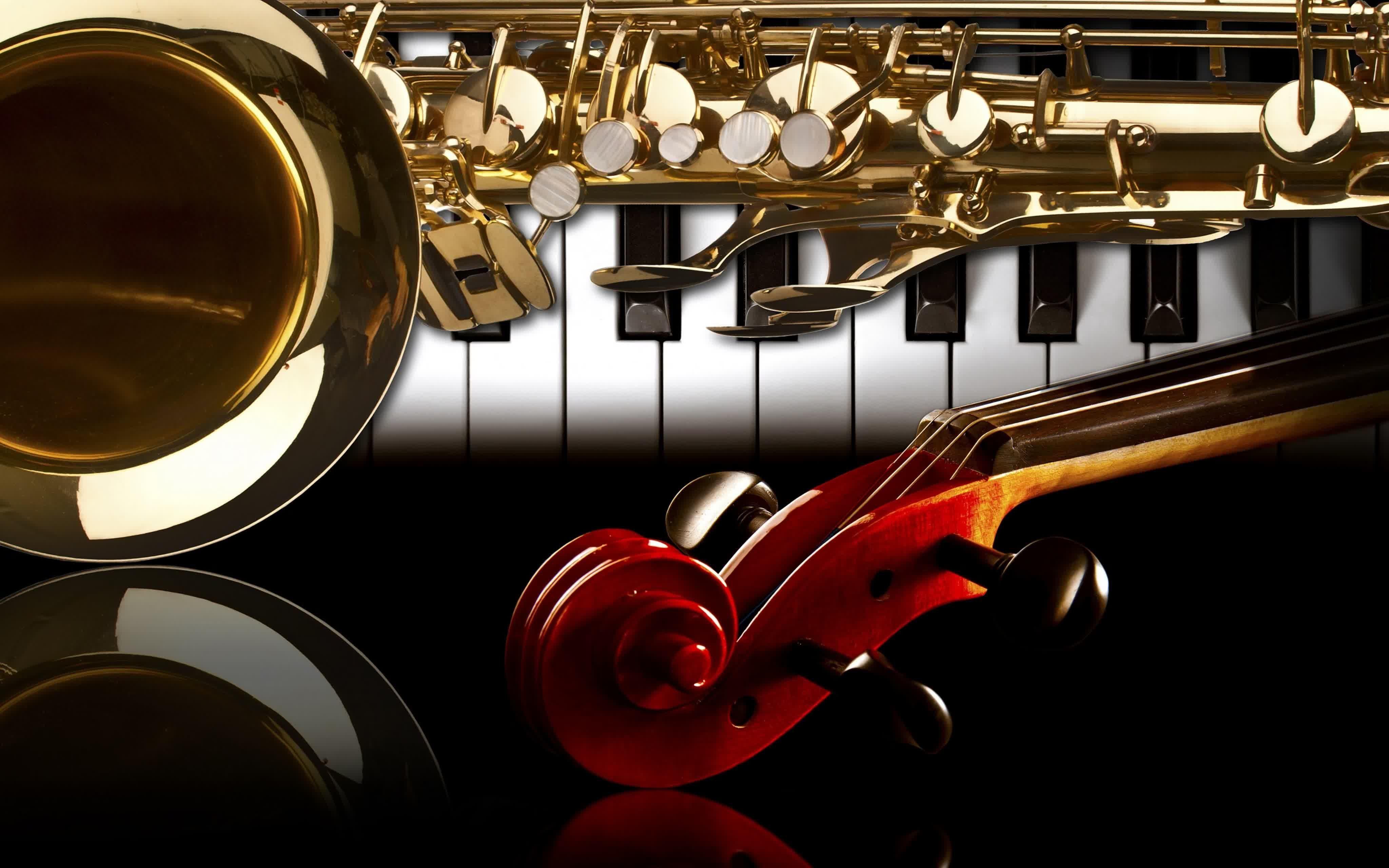Jazz is more than just music—it is a living, breathing story of resilience, creativity, and cultural fusion. Emerging at the turn of the 20th century, it gave voice to the human spirit in ways no genre had before. From its humble beginnings in New Orleans, jazz has grown into a global art form, evolving through different styles while maintaining its core essence: improvisation and soulful expression.
Roots in New Orleans
The story of jazz begins in New Orleans, a city known for its cultural melting pot of African, Caribbean, and European traditions. Here, blues, ragtime, gospel, and marching band music blended into something new. Brass bands filled the streets, while Creole musicians brought classical training into the mix. This collision of influences gave birth to the earliest forms of jazz, full of syncopated rhythms and heartfelt improvisation.
The Golden Era: Swing and Big Bands
By the 1930s and 1940s, jazz had exploded across America with the rise of the swing era. Big bands led by Duke Ellington, Count Basie, and Benny Goodman turned jazz into a cultural phenomenon. Dance halls pulsed with energy as swing rhythms inspired entire generations to move. While big bands dominated, small group improvisation thrived in clubs, laying the groundwork for the next revolution.
Bebop: Jazz as Art
In the 1940s, a new generation of musicians transformed jazz from entertainment into an intellectual pursuit. Figures like Charlie Parker, Dizzy Gillespie, and Thelonious Monk pioneered bebop—fast, complex, and fiercely improvisational. This was music to be listened to, not just danced to. Bebop marked a turning point, proving that jazz could be as sophisticated and expressive as classical music.
Soul, Cool, and Fusion
As decades passed, jazz continued to reinvent itself. The 1950s brought the smooth, introspective sound of cool jazz with artists like Miles Davis and Dave Brubeck. In the 1960s, soul jazz and hard bop infused the music with bluesy grooves and gospel spirit. By the 1970s, jazz fused with rock, funk, and world music, giving rise to electric experimentation and groundbreaking albums that reached new audiences.
Modern Improvisation and Global Influence
Today, jazz remains a vibrant, evolving language. Contemporary artists build on tradition while embracing modern influences like hip-hop, electronic music, and world rhythms. Improvisation remains at the heart of the genre, reminding us that jazz is never static—it is always in dialogue with the present moment. From intimate jazz clubs to international festivals, the spirit of freedom and creativity continues to thrive.
Conclusion: The Timeless Spirit of Jazz
The journey of jazz is a testament to the power of cultural exchange and artistic innovation. From New Orleans street corners to global concert halls, jazz has shaped modern music in profound ways. Its legends left us masterpieces, and today’s artists ensure the tradition remains alive and relevant. Above all, jazz endures because it speaks directly to the soul—a reminder that in music, as in life, there is always room to improvise.
